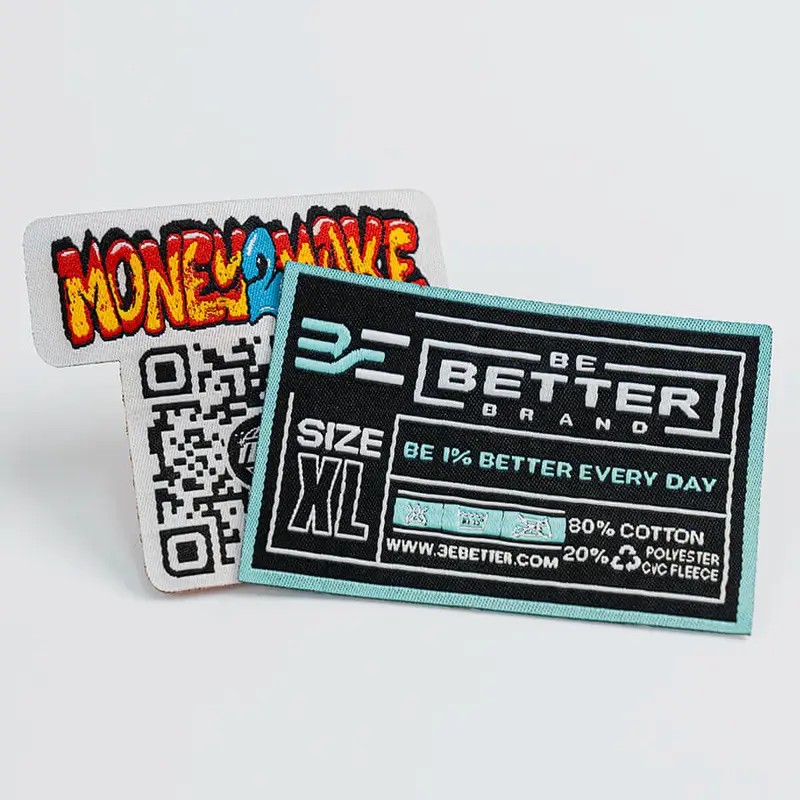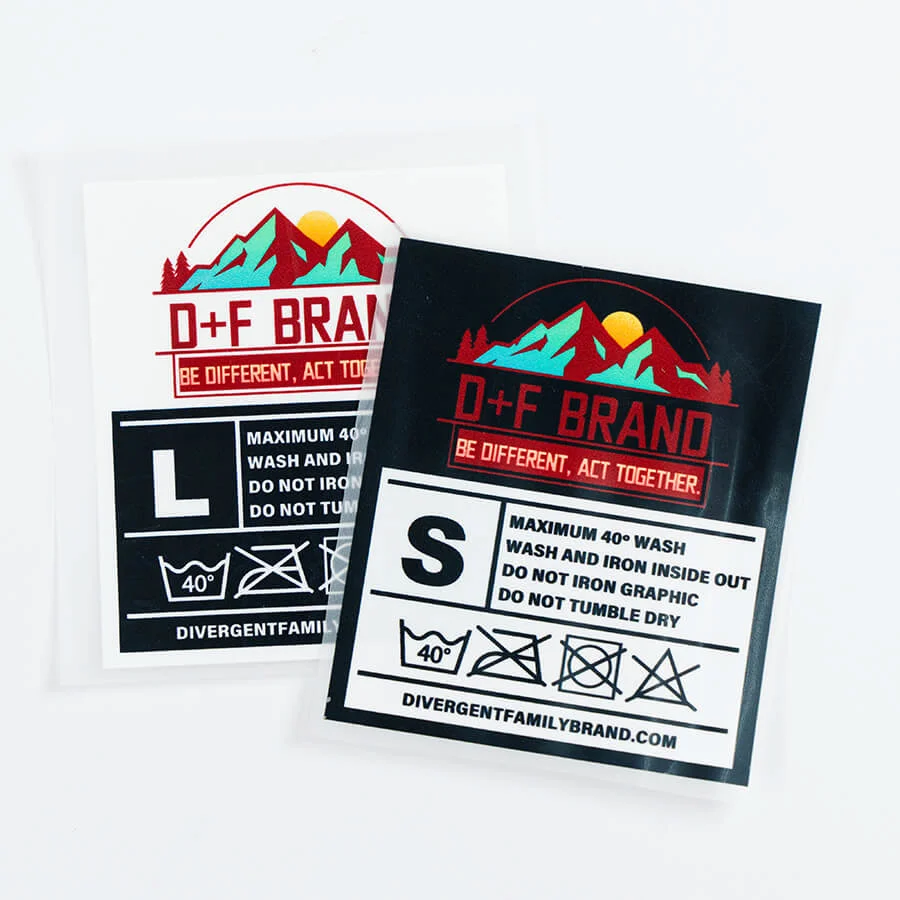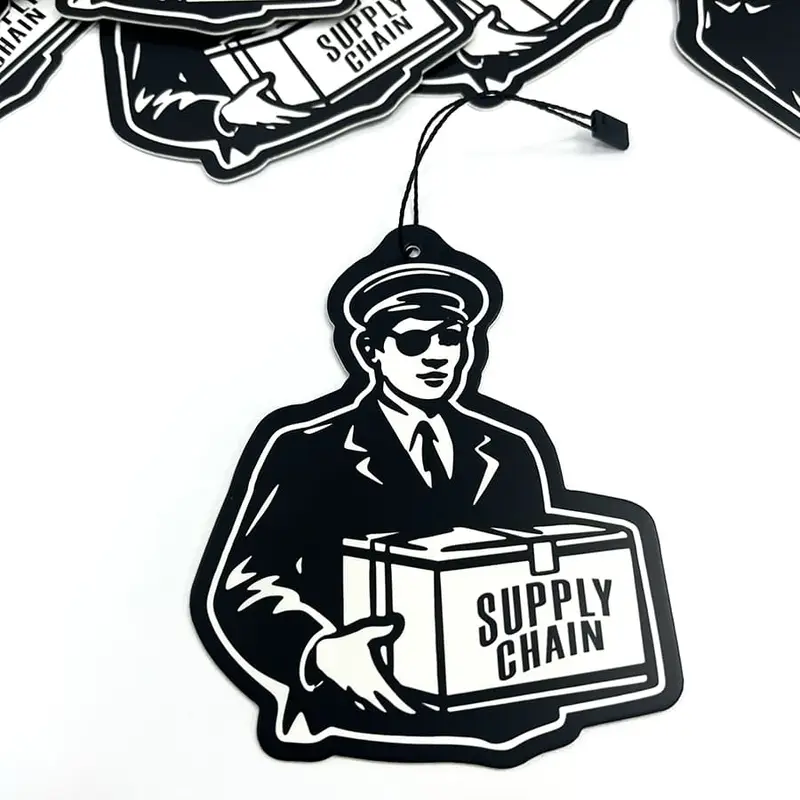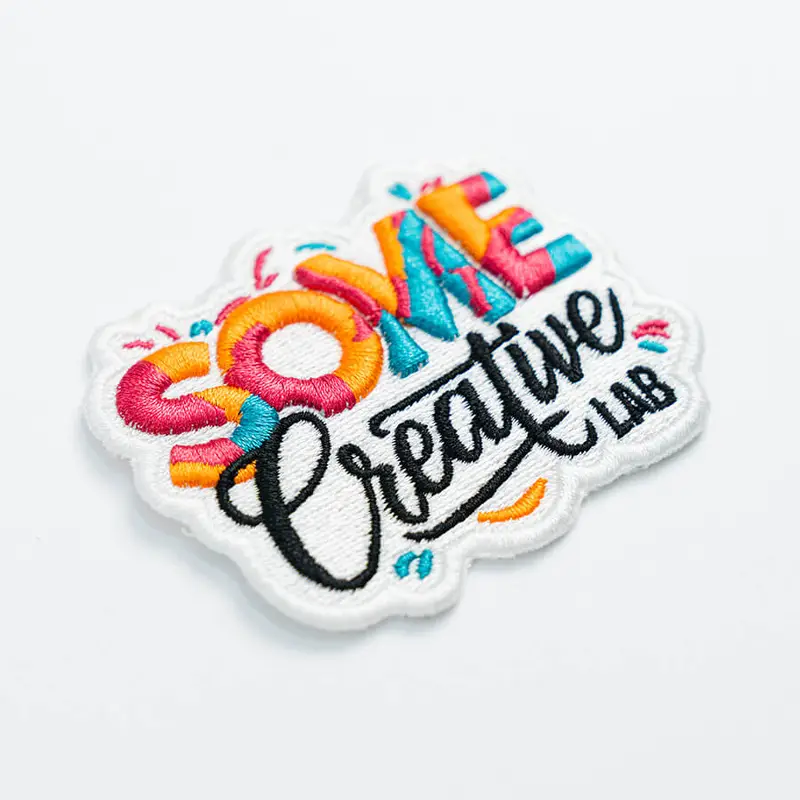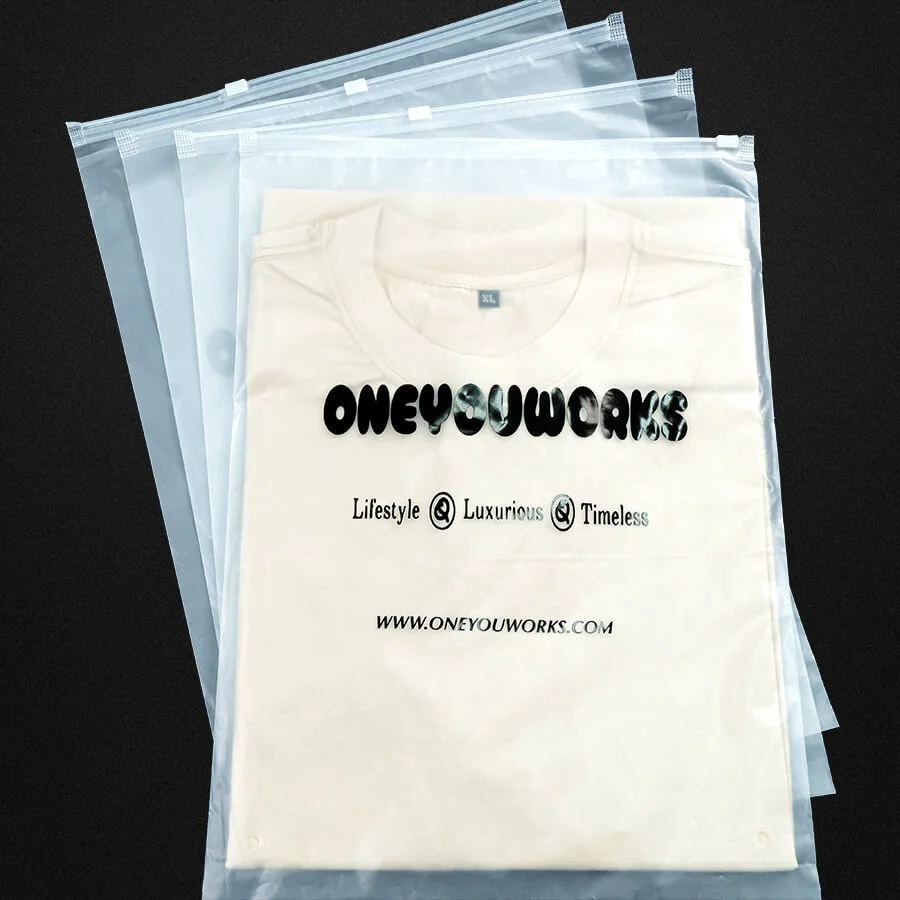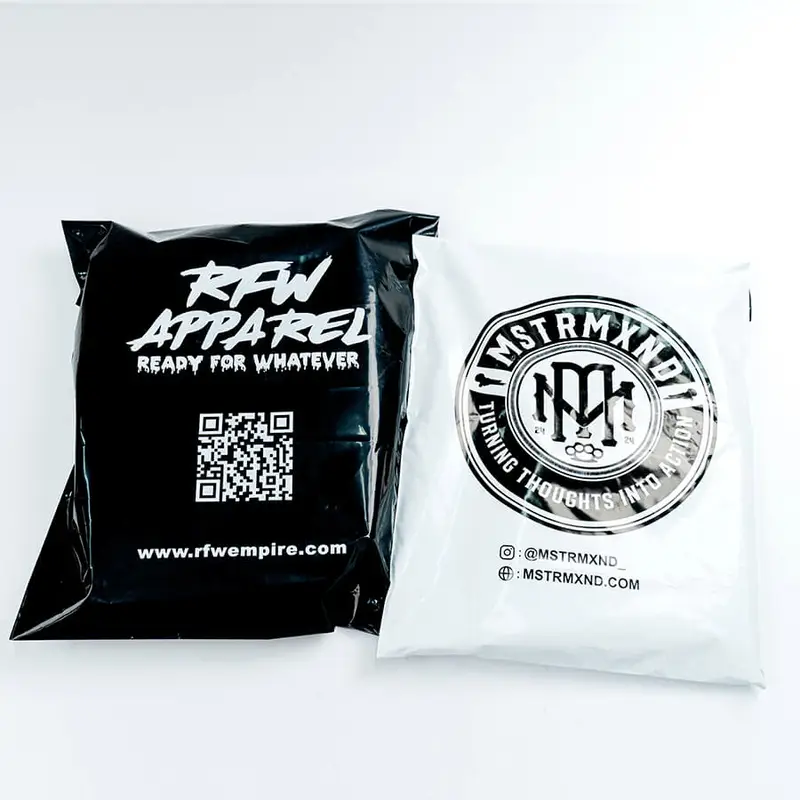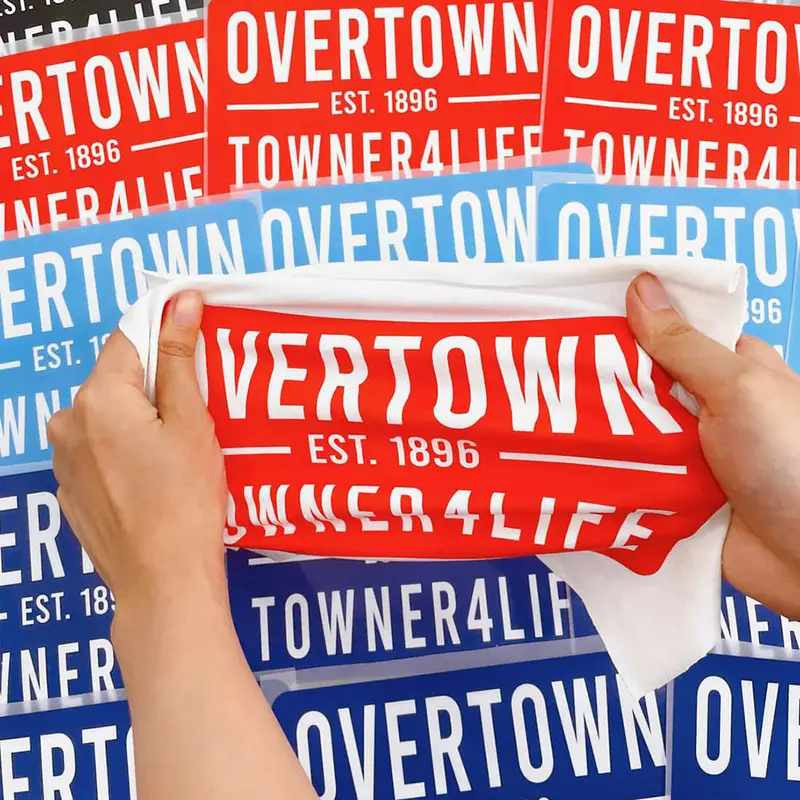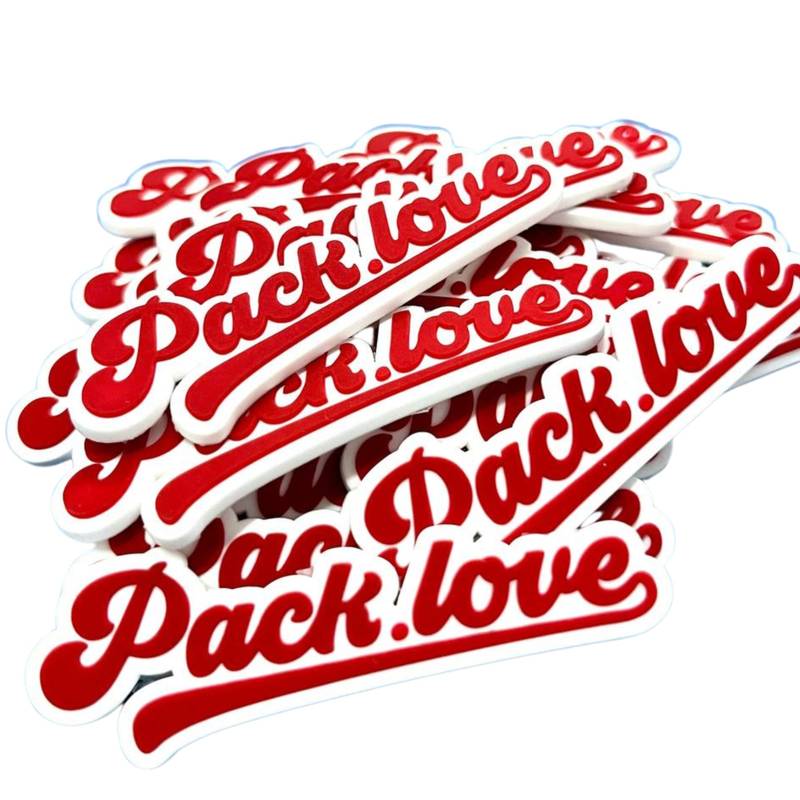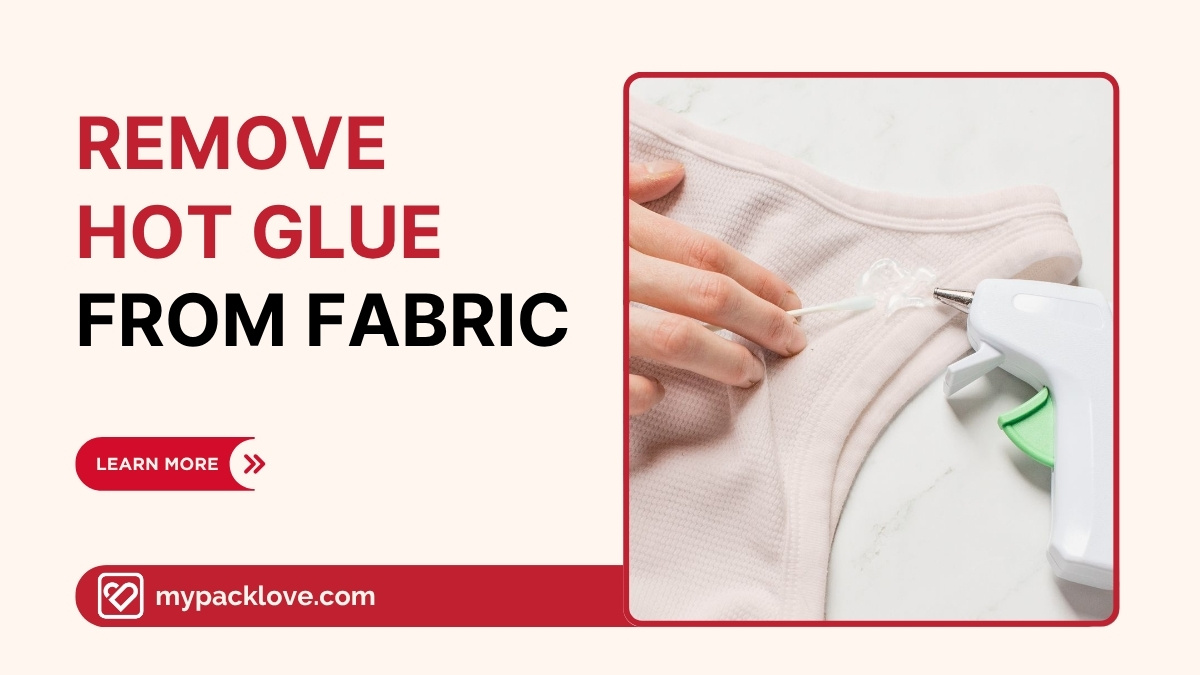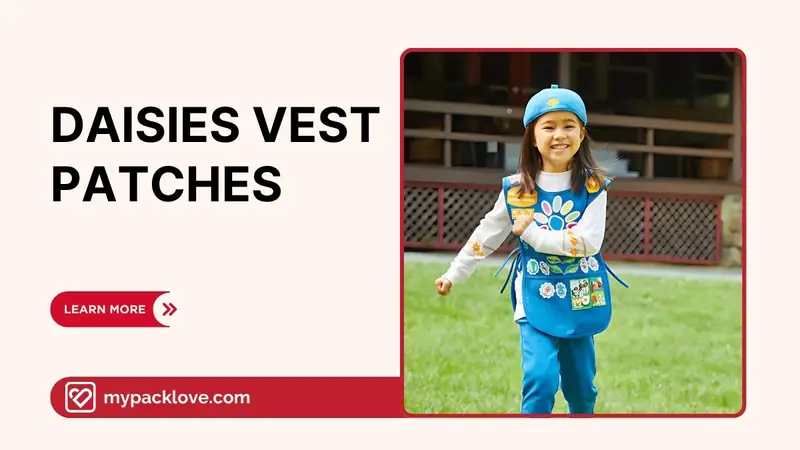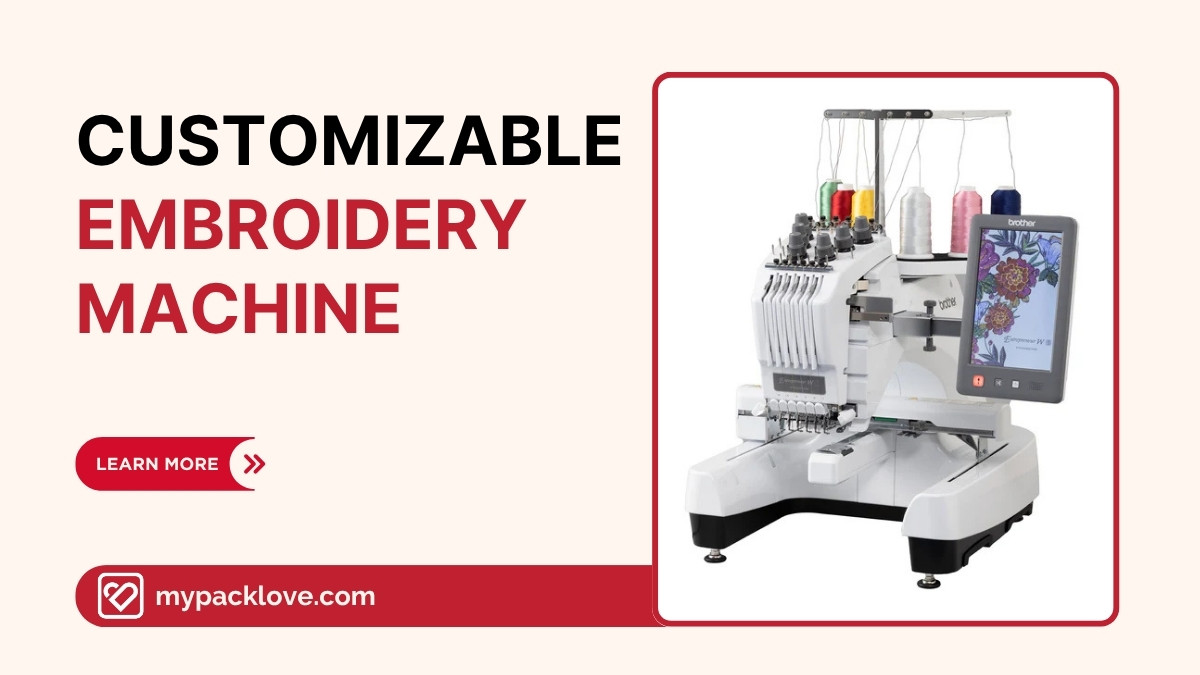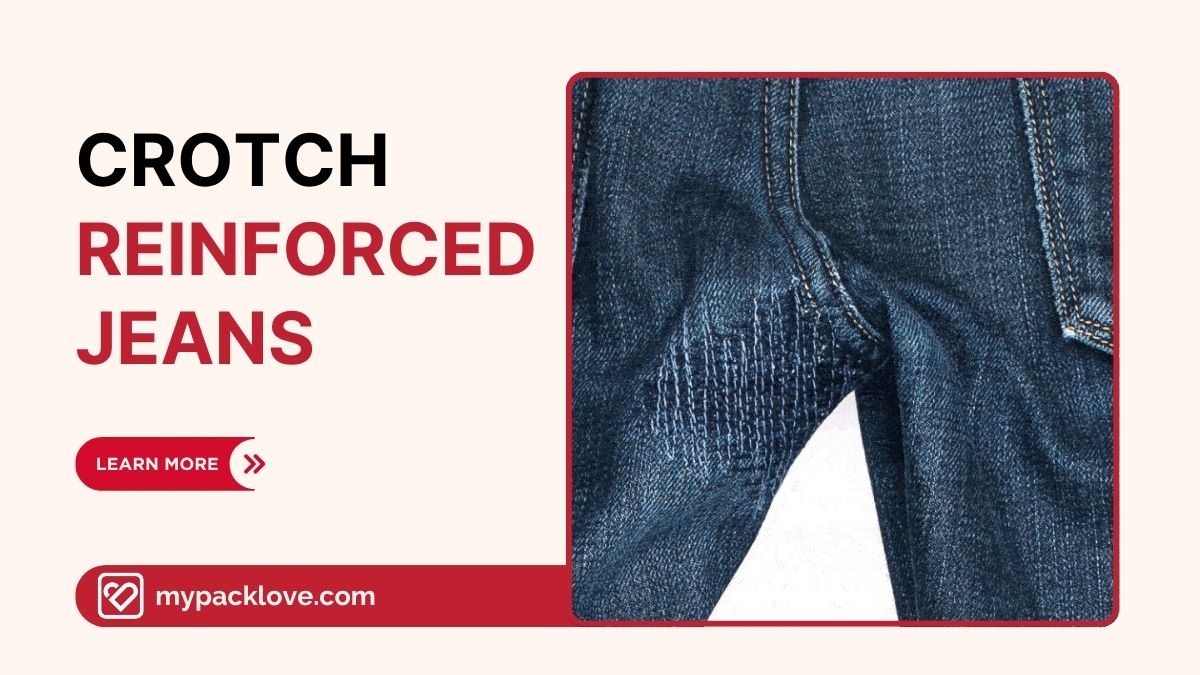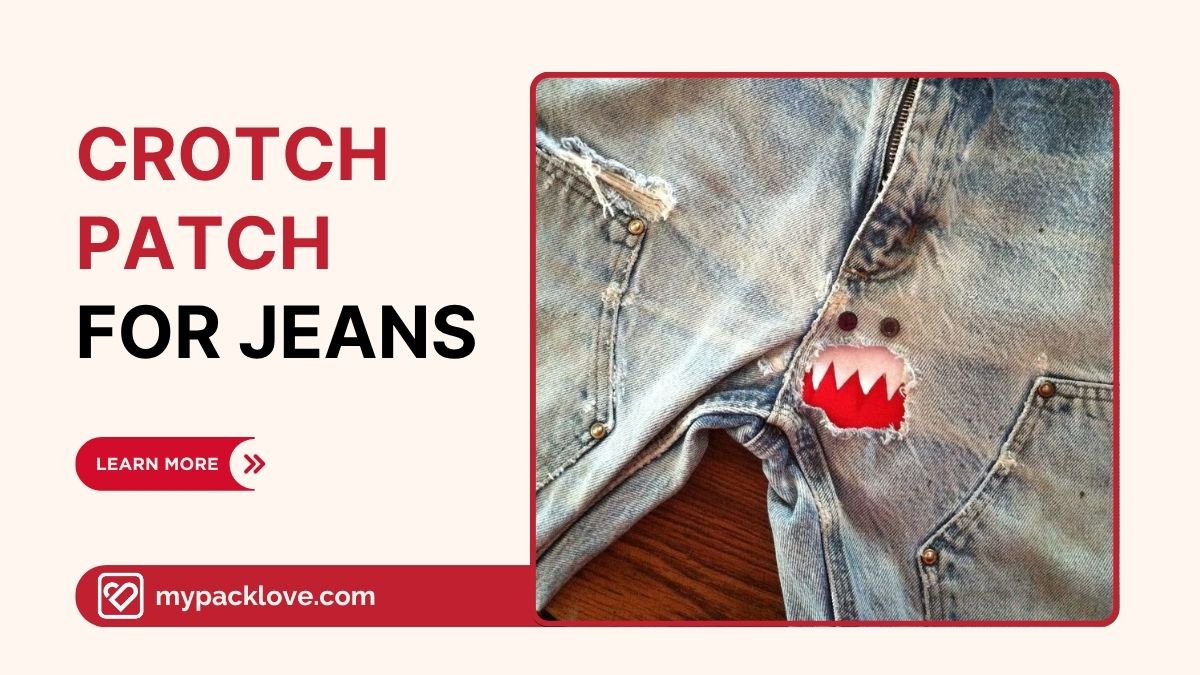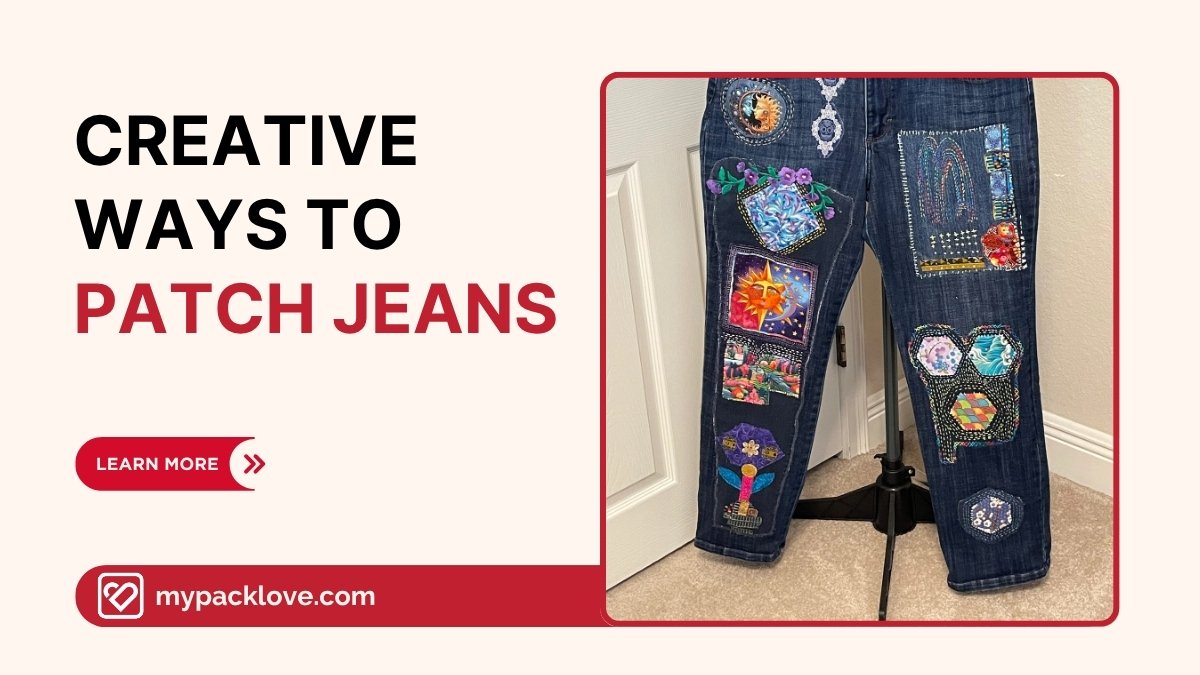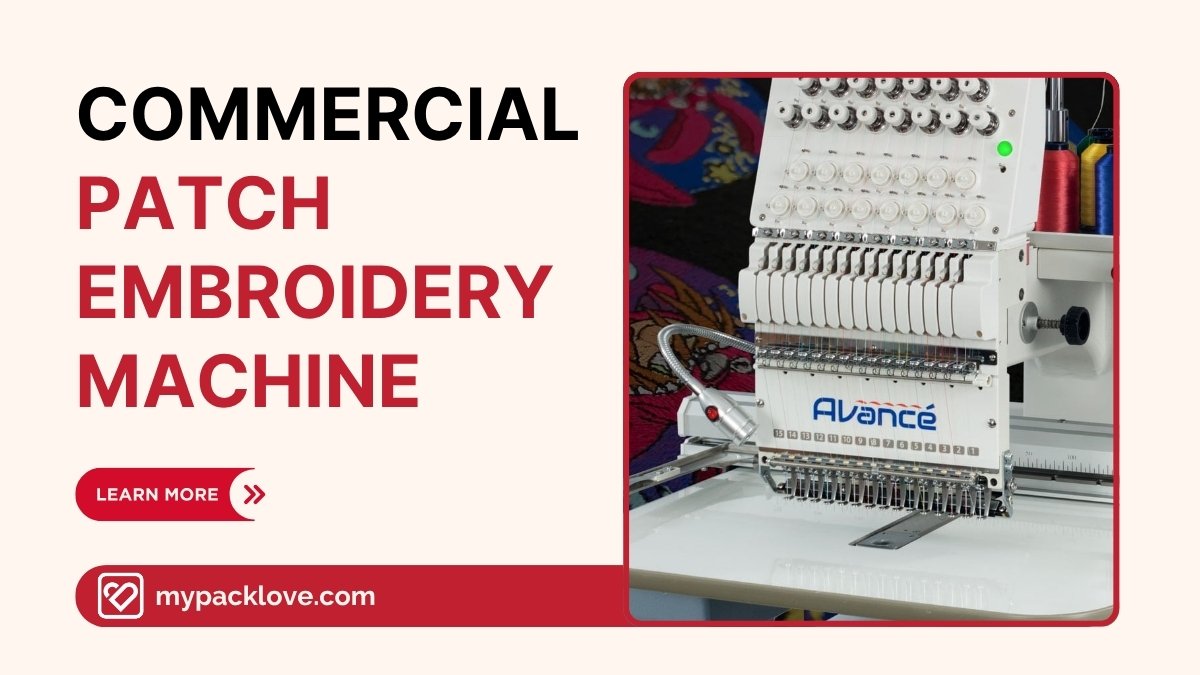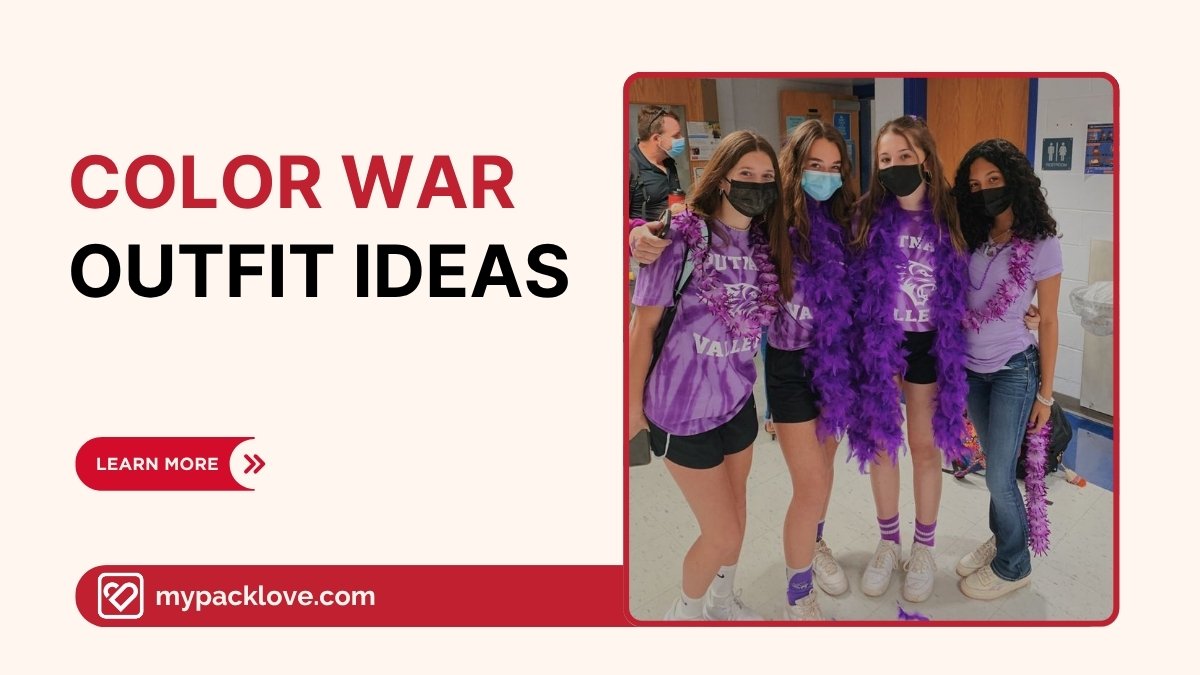Kraft Paper: A Guide to Types, Uses and Sustainability
Kraft paper, with its rustic charm and undeniable sustainability, has become a popular choice for packaging. However, understanding the diverse types of kraft paper, its environmental impact, and its customization options can be challenging. This guide provides a comprehensive overview of kraft paper, empowering you to make informed decisions for your packaging needs. We’ll explore the different types available, from sturdy brown kraft to more refined options, and delve into their environmental implications, helping you select the perfect kraft paper for your project. Whether you’re a crafter, business owner, or environmentally conscious consumer, this guide will equip you to create sustainable and effective packaging solutions.
1. Understanding kraft paper: Definition and Manufacturing Process
1.1 What is Kraft Paper?
Kraft paper, derived from the German word for “strong,” lives up to its name. Its durability and tear resistance, coupled with its characteristic brown hue from the kraft pulp process, make it a popular choice for packaging. Ideal for sturdy wrapping paper, cartons, and rigid boxes, kraft paper board is also available in a range of colors, making it highly versatile for branded packaging. The paper’s textured and porous surface allows for excellent printing and finishing, creating a distinctive rustic aesthetic.
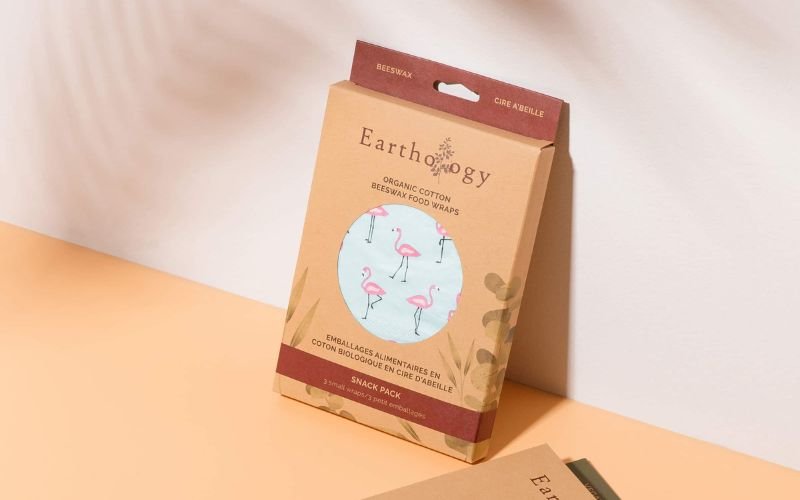
1.2 The kraft process: From wood to paper
The kraft process, a key method for producing kraft paper, transforms wood into paper through a multi-step chemical pulping process. Essentially, wood, a complex mixture of cellulose and lignin, is treated with chemicals to separate these components. “White liquor,” a sodium hydroxide solution, is a crucial part of this process.
It dissolves the lignin, a complex polymer that holds wood fibers together. Lignin isn’t removed to create strength, because it is not a strength-adding material in the final paper product. The lignin is removed because it interferes with the desired properties and flexibility of the paper fibers.
The remaining cellulose fibers, now freed from the lignin matrix, are then separated, screened, and washed. The resulting “black liquor,” a byproduct rich in sodium and chemicals, is often further processed to recover valuable chemicals, completing the cycle and reducing environmental impact. Finally, the separated cellulose fibers are formed into paper sheets through a series of pressing and drying steps.
1.3 Environmental considerations of the Kraft process
The kraft process, while efficient in producing strong kraft paper, involves the use of chemicals. These chemicals, primarily sodium hydroxide and sodium sulfide, can pose environmental concerns if not managed responsibly. However, modern kraft mills have implemented sophisticated chemical recovery systems to minimize pollution.
These systems recapture and reuse a significant portion of the chemicals used in the pulping process, reducing the overall environmental impact. This chemical recovery is crucial, reducing the demand for fresh chemicals and minimizing the discharge of harmful substances into the environment.
Beyond chemical recovery, the kraft process also utilizes byproducts like turpentine and tall oil. These byproducts, previously considered waste, are now often processed to extract valuable products, such as rosin and other chemicals. This byproduct utilization not only reduces waste but also contributes to the economic viability of the kraft process and reduces the environmental impact of the overall process.
Modern mills are increasingly emphasizing sustainable forestry practices, ensuring the responsible sourcing of wood and minimizing their impact on natural resources. This comprehensive approach to chemical management and byproduct utilization is critical for a sustainable and environmentally responsible kraft paper production process.
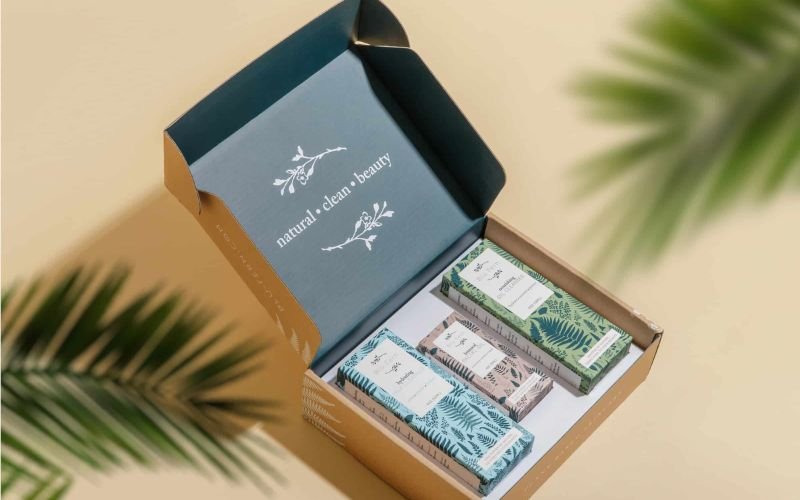
2. Exploring the different types of kraft paper
2.1 Virgin kraft paper: purity and strength
Virgin kraft paper is made from new wood pulp, often unbleached, giving it a natural brown color. Its composition of strong fibers contributes to its inherent strength and durability, making it a suitable choice for food packaging where robust protection and structural integrity are essential.
The unbleached nature of virgin kraft often contributes to its natural, rustic aesthetic, which is appealing in certain packaging contexts. This combination of strength and natural appearance makes it suitable for applications demanding robust protection, such as packaging for goods like certain types of produce or some types of bulk food items.
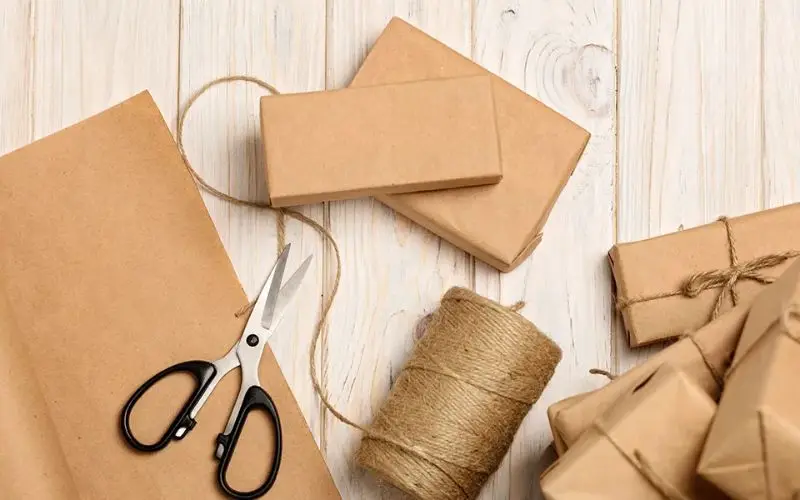
2.2 Recycled kraft paper: An eco-conscious choice
Recycled kraft paper is made from recycled paper, often sourced from post-consumer waste. This material offers significant environmental advantages, stemming from its reduced reliance on newly harvested trees and its contribution to minimizing deforestation.
The use of recycled kraft paper reflects a growing commitment to sustainable practices, which directly lowers the overall environmental impact compared to using virgin kraft paper. Its growing popularity reflects a heightened awareness of environmental issues and a preference for eco-conscious packaging solutions. This popularity signals a trend toward minimizing waste and prioritizing sustainable resources for packaging.
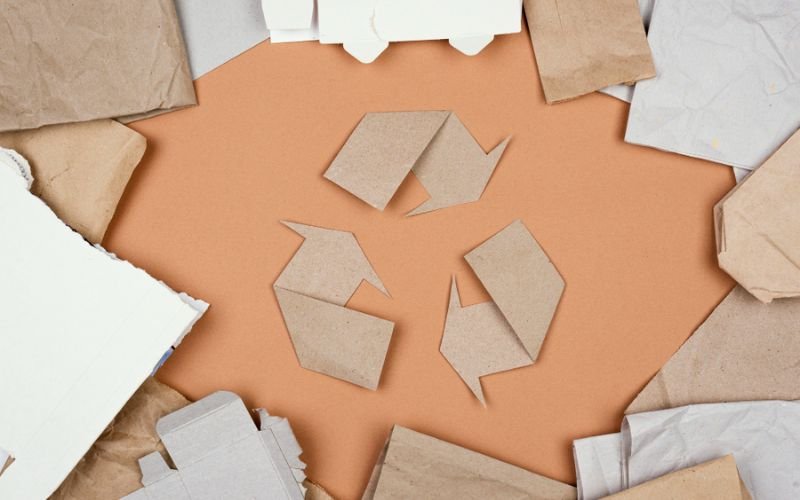
2.3 Bleached kraft paper: Achieving whiteness
Bleached kraft paper undergoes a chemical process to remove the natural brown pigments from the kraft pulp, resulting in a white or near-white, smoother surface. This bleaching process, while achieving a desirable aesthetic, often involves chemicals, raising environmental concerns.
The use of chlorine-free bleaching agents is increasingly sought after to mitigate the negative environmental impact associated with chlorine-based methods. The white, smooth surface of bleached kraft is highly desirable for printing and graphic applications where a clean, unblemished background is needed.
For example, bleached kraft is often preferred for packaging that requires high-quality printing, or for situations where a bright, unadulterated color is important. The choice between virgin, recycled, and bleached kraft paper directly reflects a consideration of both visual and environmental factors in packaging decisions.
3. Understanding specialty kraft paper grades: CUK, SBS, and CRB
3.1 CUK (Coated Unbleached Kraft)
Coated unbleached kraft (CUK), sometimes called solid unbleached sulfate (SUS), is a basic kraft paper substrate. It’s made with 80% virgin wood pulp/cellulose and doesn’t undergo bleaching or additional chemical treatments beyond those inherent in the kraft papermaking process.
This results in a strong, stiff, yet relatively thin paper, making it ideal for packaging. The inherent kaolin clay-titanium dioxide coating on its surface enhances smoothness, aiding in printing processes. Its naturally occurring coating allows for high-quality printing with a natural, unbleached appearance.
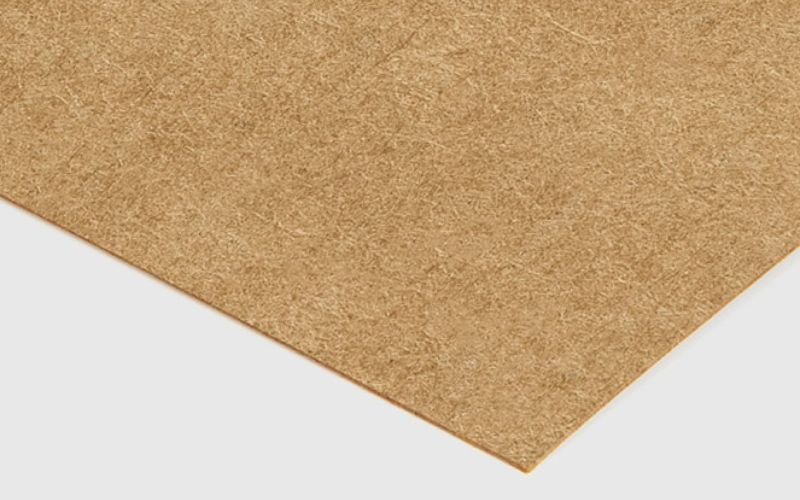
3.2 SBS (Solid Bleached Kraft)
While unbleached kraft paper often presents a more environmentally friendly choice due to its natural appearance and minimal processing, it might not always be the best fit for certain applications, particularly those requiring a high-end aesthetic for luxury products.
Bleached kraft paper offers a brighter, smoother surface, ideal for enhanced printing quality and a more premium look. However, the bleaching process does introduce environmental concerns, making it crucial for businesses to carefully weigh the aesthetic benefits against their commitment to sustainability.
The final decision ultimately depends on the specific product being packaged, the desired visual impact, and the company’s environmental priorities.

3.3 CRB (Coated Recycled Board)
Coated Recycled Board (CRB) is made entirely from recycled kraft paper. Due to its recycled nature, its specifications and tolerances might be slightly lower than solid bleached kraft. However, CRB’s lower cost makes it an excellent choice for applications where high tear resistance isn’t crucial, such as cereal boxes.
This cost-effectiveness allows manufacturers to offer more affordable packaging to consumers, creating a competitive edge in the market. While CRB is excellent for folding cartons, corrugated boxes achieve increased strength and rigidity through the addition of fluted layers of kraft paper.
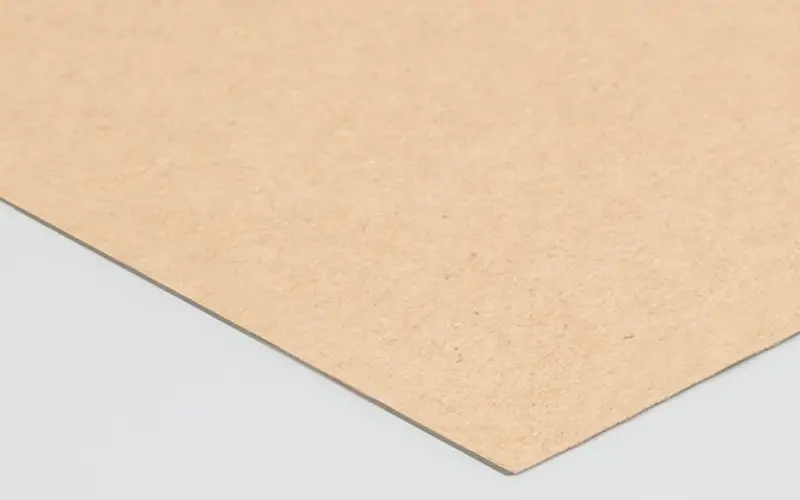
4. Kraft paper in action: Applications and uses
4.1 The power of kraft paper in packaging
Kraft paper’s versatility extends across numerous packaging applications, making it a popular choice for a wide variety of products. Its widespread use includes grocery bags, providing a sturdy and recognizable carrier for everyday items. Multiwall sacks are also commonly crafted from kraft, showcasing its strength and suitability for bulkier goods.
Envelopes and corrugated boxes also utilize kraft paper, demonstrating its adaptability in handling different shapes and sizes of products. The increasing popularity of kraft paper in e-commerce packaging reflects its durability, providing strong protection for shipped items while aligning with a growing consumer preference for eco-friendly packaging solutions.
This preference for sustainability makes it a key component in responsible and effective packaging.
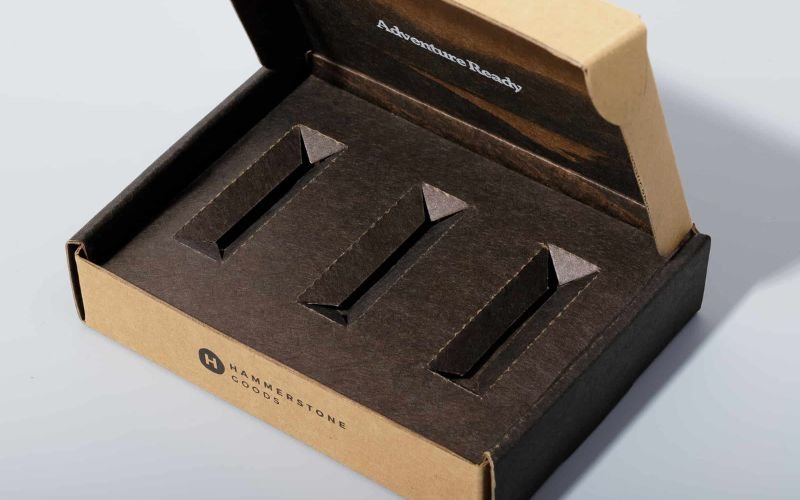
4.2 The art of wrapping with kraft paper
Kraft paper’s rustic charm makes it a popular choice for gift wrapping and lining gift bags. Its natural brown hue and textured surface lend a warm, inviting aesthetic. Kraft paper rolls are readily available, offering a simple yet elegant way to wrap gifts, creating a visually appealing presentation for any occasion.
The versatility extends beyond basic wrapping; the paper can be decorated with ribbons, twine, or other embellishments, further enhancing its decorative appeal. This adaptable nature makes it a sustainable alternative to traditional gift wrap, aligning with modern eco-conscious practices.
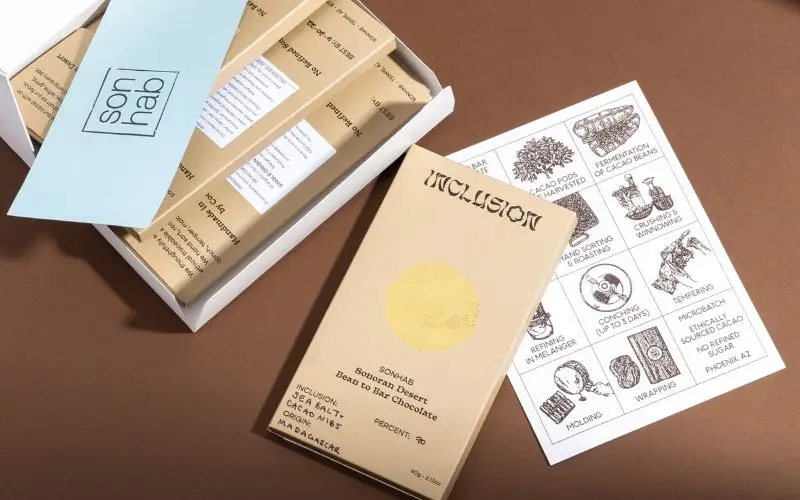
4.3 Unleashing creativity: Kraft paper in crafting
Kraft paper’s unique texture and natural aesthetic make it a beloved material for a wide range of crafting projects. Its substantial yet supple nature is particularly well-suited for scrapbooking, where its varied shades and natural texture create a rustic, earthy ambiance for albums and layouts.
In card making, kraft paper provides a sturdy base for intricate designs, and its warm tone is perfect for adding a touch of rustic charm to handmade cards. The versatility of kraft paper extends to countless DIY projects, from creating decorative boxes and envelopes to constructing mixed-media art pieces. Its adaptability makes it a go-to choice for crafters seeking a readily available, cost-effective material with a tactile appeal.
4.4 Kraft paper in the food industry: safe and practical
Kraft paper plays a significant role in the food industry, offering a practical and environmentally friendly option for various packaging needs. Its food-grade quality makes it suitable for direct contact with food, a crucial consideration for consumer safety.
Kraft paper is often used to wrap sandwiches, adding a rustic touch while maintaining freshness and providing a sturdy barrier. Similarly, it serves as a practical liner for trays, providing a protective barrier and enhancing the aesthetic appeal of food displays.
The material’s natural appearance is well-suited to packaging dry goods, like snacks or baked goods, often appealing to consumers seeking a natural and sustainable packaging solution. Its use as “butcher paper” for wrapping meats and produce further underscores its versatility and practicality in various food handling situations.
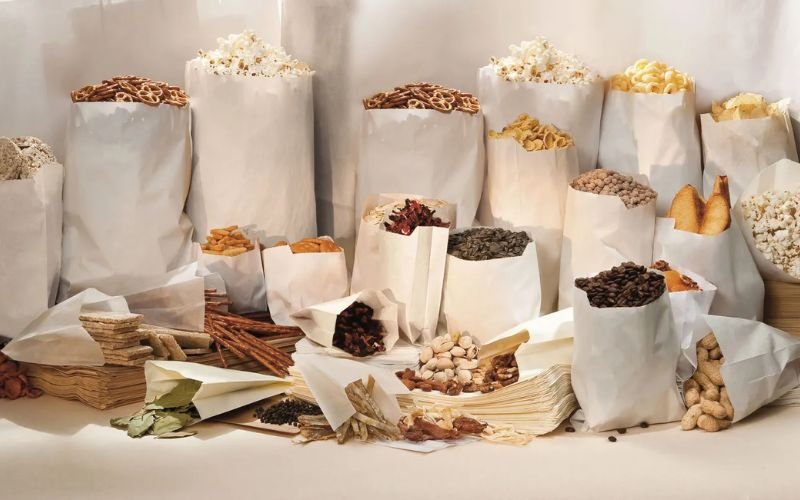
4.5 Beyond the ordinary: Other uses of kraft paper
Kraft paper’s utility extends far beyond the realm of consumer packaging. Its strength and durability make it a valuable material in various industrial settings. Kraft paper is used in electrical insulation, providing a protective barrier against electrical currents.
In construction, it serves as a lining for particle boards, contributing to their structural integrity. Its strength also makes it suitable as a base for sandpaper. Beyond these industrial applications, kraft paper’s natural aesthetic and strength make it a popular choice for wrapping flower bouquets, adding a touch of rustic elegance to floral arrangements. This demonstrates its wide-ranging practicality, adaptability, and value across diverse sectors.
5. Advantages of choosing kraft paper: Strength, sustainability, and versatility
5.1 Unmatched strength and durability
Kraft paper’s inherent strength and durability are significant advantages, particularly in packaging. Its robust fibers make it highly tear-resistant, providing exceptional protection for products during shipping and handling. This characteristic is crucial in safeguarding items from damage during transit, ensuring they arrive at their destination in pristine condition.
The strength and tear resistance of kraft paper contribute to a reliable packaging solution, which is essential in various sectors, from e-commerce to food distribution.
5.2 An eco-friendly packaging solution
Kraft paper offers significant environmental benefits, making it a desirable choice for eco-conscious packaging. Its inherent biodegradability, combined with its recyclability, contributes to a smaller environmental footprint compared to many other packaging materials.
The use of kraft paper frequently involves sustainable forestry practices, ensuring the responsible sourcing of wood pulp and minimizing the impact on natural resources. This commitment to sustainable forestry directly links the production of kraft paper to environmentally responsible practices, reducing the overall environmental cost of the process.
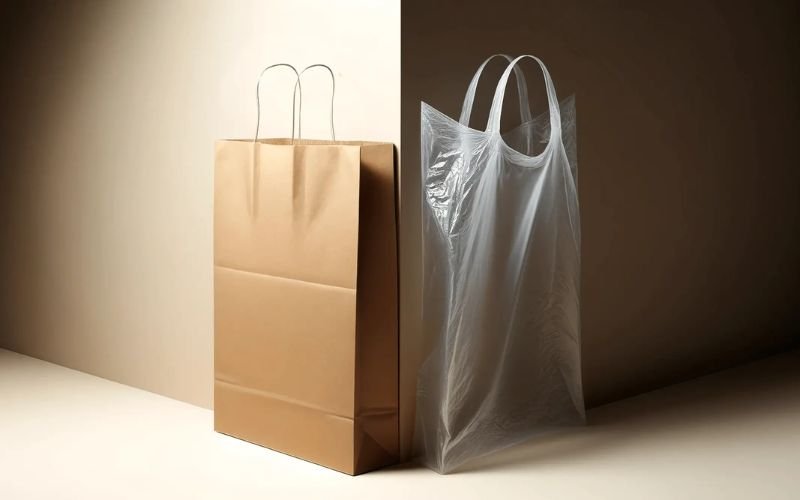
5.3 Versatility for diverse applications
Kraft paper’s versatility is unmatched, adapting readily to a wide array of applications and industries. From grocery bags and shipping boxes to gift wrapping and crafting projects, its adaptability highlights its multi-purpose nature. This remarkable versatility makes kraft paper a highly customizable material that can be tailored to meet diverse needs and aesthetic preferences.
5.4 Cost-effectiveness and value
Kraft paper is often a cost-effective packaging solution, offering significant value for the performance and sustainability it provides. Its affordability, coupled with its inherent strength and durability, makes it a budget-friendly option compared to other materials without compromising on quality. This value proposition is a key driver in its popularity, especially within industries seeking cost-effective yet reliable packaging solutions.
6. Customizing kraft paper: branding and personalization
6.1 Printing on kraft paper: Unleashing your brand
Printing on kraft paper offers a unique opportunity for businesses to amplify their brand identity. The natural texture of the paper creates a distinct visual appeal, allowing for a range of printing techniques to effectively showcase logos, designs, and custom messages.
From subtle branding elements to bold, eye-catching graphics, kraft paper provides a canvas for creative expression, enhancing product presentation and creating memorable packaging experiences. This approach also allows businesses to subtly communicate a commitment to sustainable practices, further reinforcing their brand values.
6.2 Embossing, debossing, and foil stamping: Adding texture and elegance
Embossing, debossing, and foil stamping offer powerful techniques to elevate the visual appeal and tactile experience of kraft paper packaging. Embossing creates a raised design on the paper’s surface, adding a touch of texture and visual interest.
Debossing, conversely, creates a recessed design, providing a contrasting and often elegant touch. Foil stamping utilizes metallic or colored foil to add a glamorous finish, instantly elevating the overall aesthetic and creating a more premium look and feel.
These techniques add both visual flair and a tactile element to kraft packaging, making it stand out and feel more luxurious. They transform the simple strength of kraft paper into a sophisticated and aesthetically appealing packaging solution.
7. The sustainability of kraft paper: A deeper dive
7.1 Biodegradability and recyclability: closing the loop
Kraft paper’s biodegradability and recyclability are key elements of its eco-friendly profile. Unlike many synthetic materials, kraft paper breaks down naturally in the environment, minimizing long-term waste accumulation.
This biodegradability is further enhanced by its recyclability, enabling the material to be perpetually reused in the manufacturing process. These qualities are crucial in the pursuit of a circular economy, where resources are utilized efficiently, waste is reduced, and materials are continually repurposed.
By choosing kraft paper, consumers and businesses demonstrate a commitment to environmental responsibility and contribute to a more sustainable future.
7.2 Sustainable manufacturing practices: minimizing the impact
Kraft paper manufacturers are increasingly adopting sustainable practices throughout the production process. This commitment involves utilizing renewable energy sources, such as solar or wind power, to reduce reliance on fossil fuels. Water conservation strategies are also implemented, optimizing water usage in the pulping and papermaking stages.
Furthermore, responsible waste management is paramount, aiming to minimize the amount of waste generated and implementing processes to recover and reuse byproducts. These practices, collectively, reduce the environmental impact of kraft paper production, demonstrating an industry-wide commitment to environmental stewardship.
8. FAQs about kraft paper
8.1 Is all kraft paper biodegradable?
While most kraft paper is biodegradable, coatings or laminations can affect this. Uncoated, natural kraft paper is generally biodegradable.
8.2 What is the difference between kraft paper and regular paper?
Kraft paper is stronger and more durable than regular paper due to the kraft process, which preserves the long fibers of the wood pulp.
8.3 Can I recycle kraft paper with other paper products?
Yes, in most cases, kraft paper can be recycled along with other paper products. However, it’s always best to check with your local recycling guidelines.
8.4 How do I choose the right weight of kraft paper for my needs?
The weight of kraft paper depends on its intended use. Lighter weights are suitable for wrapping, while heavier weights are better for packaging and protection.
8.5 Where can I buy customized kraft paper products?
Many online and local printing companies offer customized kraft paper products, including Packlove, which specializes in personalized packaging solutions.
9. Packlove – Providing service for kraft paper printing and design
Packlove provides a comprehensive suite of customized kraft paper products, empowering businesses to create impactful and eco-conscious packaging. We specialize in design and printing services, offering everything from Value Booster Kits to enhance brand presentation to Woven Labels, Heat Transfer Labels, and Rubber Labels for a professional touch.
Our range also includes high-quality Zipper Bags and Poly Mailers, all designed for durability and a sophisticated aesthetic. We’re dedicated to providing sustainable packaging options, showcasing our commitment to environmental responsibility. Explore our diverse product range and discover how Packlove can help you create truly personalized and environmentally conscious packaging. Contact us today for a free quote and design consultation at https://mypacklove.com/ or email us at [email protected]
Read more:
- OCP Patch Placement: Army Uniform Regulations and Guide
- Letter Jacket Patch Placement: A Comprehensive Guide
- How to Tell if a Patch is Iron-On: Foolproof Methods
Kraft paper offers a compelling blend of versatility, strength, and sustainability, making it a valuable choice for diverse applications. From its use in robust packaging to its adaptability in crafting projects, kraft paper’s enduring quality and customization options make it a versatile and responsible material. However, recognizing the distinctions between virgin, recycled, and bleached kraft is crucial for selecting the right type for your specific needs. Whether you’re a crafter, business owner, or environmentally conscious individual, consider the power of kraft paper for your next project. Explore Packlove’s range of kraft paper products and contact us for any design or printing inquiries.

